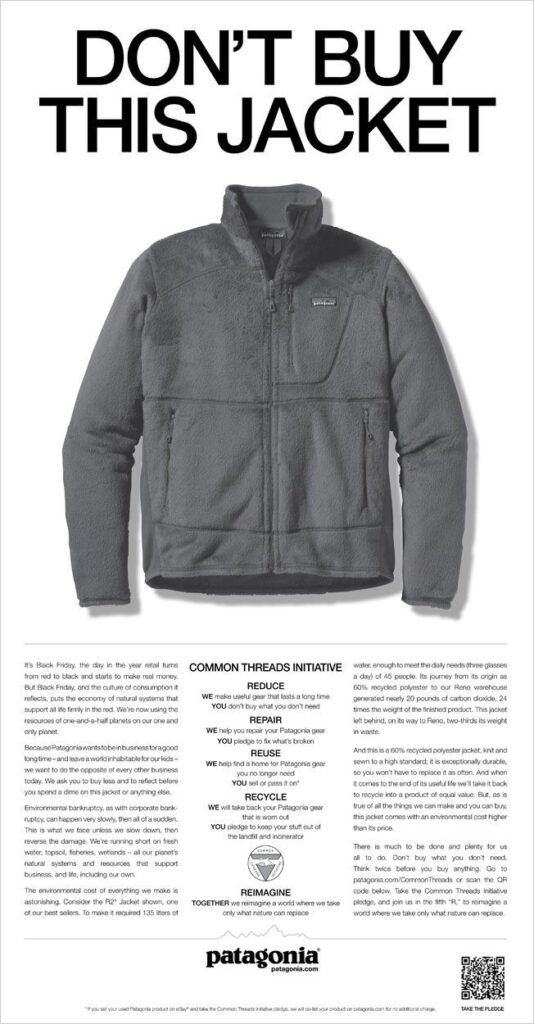
Note: The following are a few arbitrary and personal musings and thoughts on the role of the individual in achieving the goals. And in how we can learn, and achieve, to make our contributions to them. Needless to say: businesses with a vision and purpose play a role in it.
Global Goals are called ‘global’ for a reason: they apply to everyone, everything. Every business, every government, every church, charity … and one could add with a pinch of sarcasm: even to the various flavours of terrorists and criminal organisations in existence. In case there was any doubt about it: The Sustainable Development Goals and Paris Climate Agreement are global goals. In fact, probably the Global Goals par excellence.
Yet, while organisations of all different types and characteristics are making progress in translating those to their different contexts, environments, business models etc. the same does not hold true when it comes to individuals. Beyond a few platitudes -‘consume less’, ‘do not fly’, contract ‘green energy’ to name a few examples -there is no indication, no manual, never mind ‘science-based targets’ and measurement mechanism, that would help translating the Global Goals to anything tangible to an individual and their lifestyle.
Of course there are a range of stand-alone tools and lenses for specific areas such as:
- Zero plastic guidelines that offer shop lists, a wide range of DYI manuals etc.
- Carbon
calculators that illustrate how how far from zero I am as an
individual.
But not how far I am from what would be my allocated carbon ‘budget’.
But overall there is very little useful else in terms of tangible support to go beyond platitudes.
To add insult to
injury: all of this is surprisingly unattractive, surprisingly
impersonal, and surprisingly hard to translate into concrete,
measurable lifestyle changes.
Measurable, because also as
individuals, seeing progress (and hence success) is important to keep
us on the ball. To give us that inkling that yes! we can make a
difference. And yes! it does add up: the steady drop does fill the
bucket.
A bit like we do for sports: a periodical measurement
gives us not only the benchmark, but also the opportunity to think
about next steps, maybe talk to a trainer, or indeed come up with a
new training regime altogether. Are we progressing? Regressing?
Stalling? What worked, what did not? Tough but bringing results?
Tough but having no effect?
Do not buy this: Making it personal, actionable and liveable

My view on why that famous Patagonia add was so successful is:
- It managed to straddle that exact line, between global goals (or challenges) and their relevance for us as individuals.
- It was sufficiently generic so as to apply to nearly every purchase we make. But it also added that layer of actionability in detail and commitment. so that we consumers could believe that if we were to buy at all: a well mediated choice would make a difference. Which is indeed true
It was a brilliant add, because it made it relevant to the individual, asked them to get involved, to take tough decisions.
But it also suggested that tough decisions do not mean necessarily ‘zero, nil, zilch’ but ‘just’ a very small, ‘near nothing’ quantity.
And that is a difference. It does not require us as individuals to go cold turkey and any type of purchases. We can still buy. Very little, but we can. This mental difference between nothing and ‘I can if I really, really want to and choose well’ is huge.
It is often the difference between committing and abandoning something as impossible.
The difference between giving it a go, and not even bothering to try.
The add also – and that is precisely where it gets commercial and why the brand’s sales numbers went through the roof – suggests one possible solution for ‘if you buy, you must buy better’: Themselves.
If you buy, buy better: but viable it must be

The add in short was commercially successful because it outline a clear path forward for the individual.
And it is precisely this clear pathway forward that we’re lacking in most cases.
Yes there are FYI manuals of course. But hand-to-heart: Who is that much of a passionate hobby cook, seamstress, weaver, knitter, forest guardian and so on, to even consider doing it all at home, from scratch. And that is even before we get to the issue of time scarcity.
A clear pathway in this time and age is a shop or a service that offers an ‘all in one solution’ to wean ourselves off certain habits.
- ‘Open groceries’ stores (aka ‘zero waste’ stores) offer this for our daily consumables and the issue of packaging.
- Direct from farm purchases allow us to know where our food comes from and ensure suitable farming and animal welfare conditions, in addition to helping the farmer to make a better living.
- Buying chocolate from a brand co-owned by the coca farmers themselves, rather than from a brand buying ingredients on the commodity markets, is another ‘ready made’ solution.
- Second hand shops and online platforms again offer a pathway to replace broken durables – albeit they have a major defect: if a short-termed urgency arises – say, a broken fridge – a replacement not necessarily be readily available.
Slow = Abstain from urgency

Which leads us to the last lesson: Urgency of any kind – genuine or add triggered – is not a good advisor.
A broken freezer may induce the urgency to replace it immediately. But it also offer the opportunity to reassess the need of it. Or at least its sizing and specs.
Add induced urgency is a disaster. What remains to be learned is to savour the time we take to come to decisions: looking at options, consider requirements and whether something is fit-for-purpose. We have lost that joy of taking it at a pace that allows us to really savour the process of deciding.
And that is maybe one thing we as individuals need to remember. An add, a company that pushes us to ‘decide now’ … is not offering a solution. Is not intending to help us as individuals to become better. To help us genuinely enjoying the deep end of life.
Quite to the contrary. They are creating a problem, which eventually is upon us as citizen to solve again.
There is so much to enjoy and savour in the really long-winded, multi-faceted and deep-going decision processes. A whole ‘new yet old’ adventure to rediscover in this 21st century.

